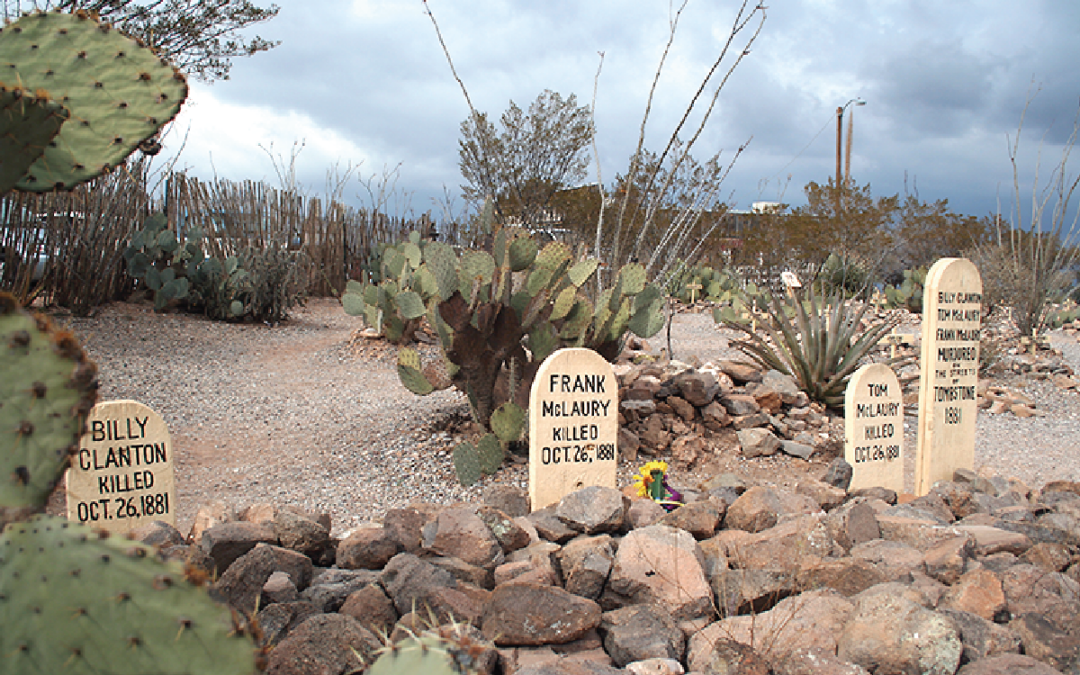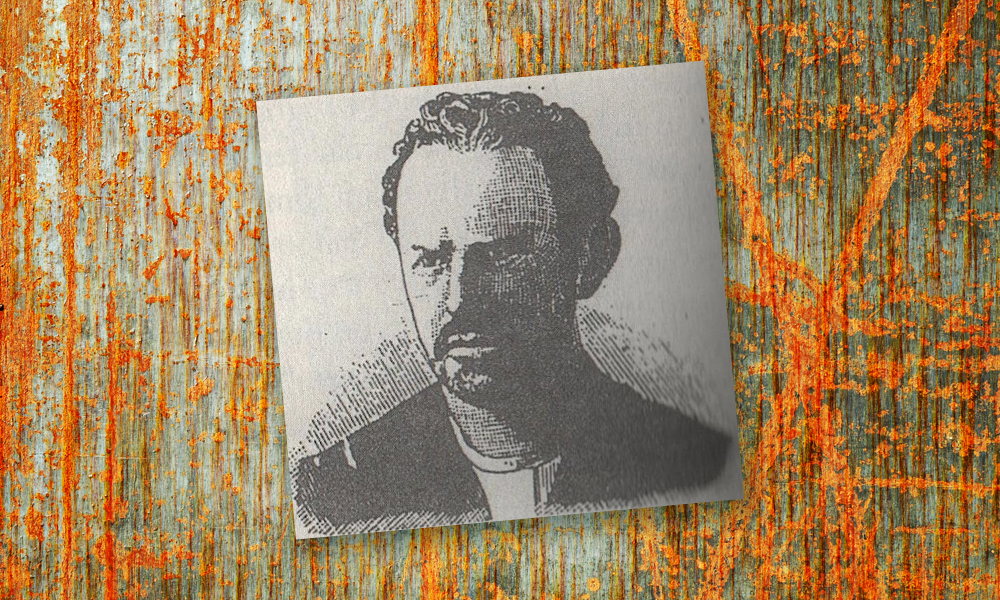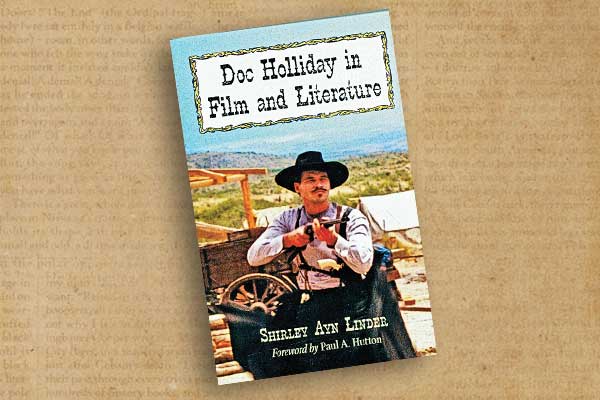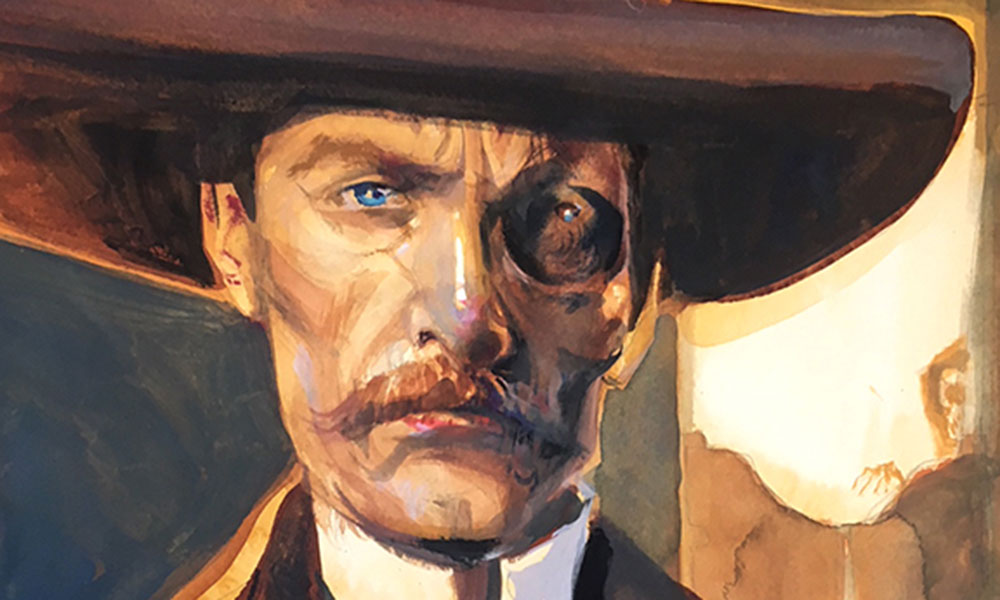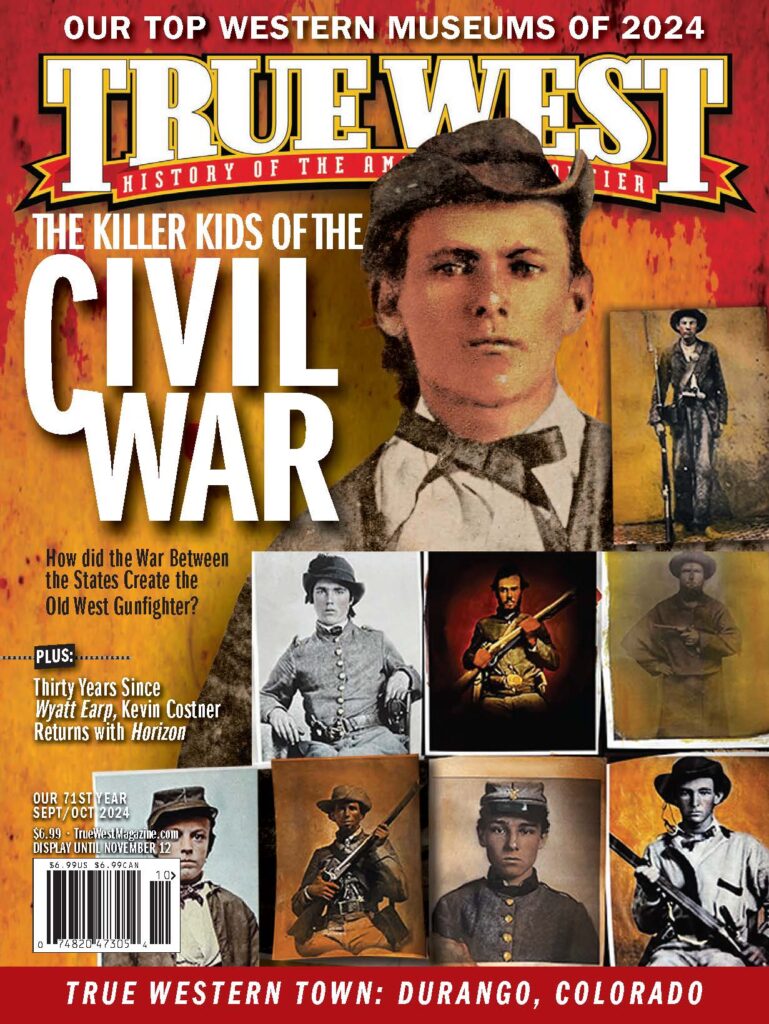Are Billy Clanton and the McLaury brothers really buried where the markers are placed at Tombstone’s Boothill Graveyard?
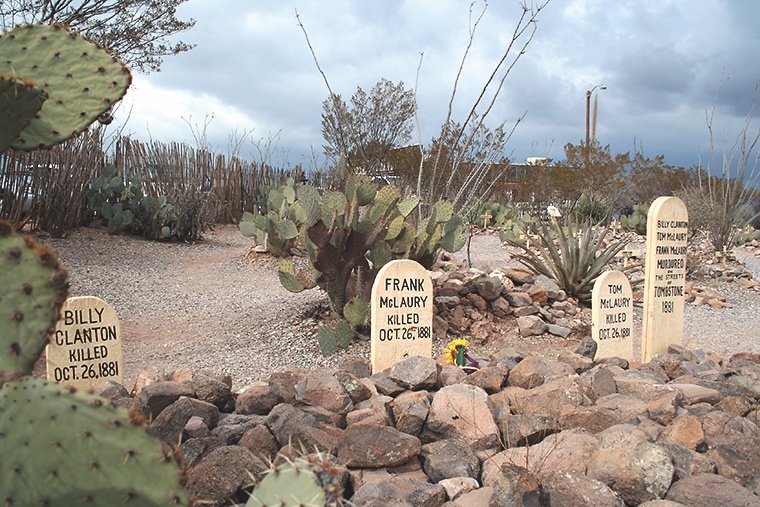
James Carroll (San Antonio, Texas)
Boothill Graveyard became Tombstone’s final resting place in 1878 and lasted until 1884 when the new cemetery opened west of town. The site was allowed to return to its natural state until 1929; by then, the grave markers were gone. To make the best of a bad situation, new markers were created and planted in the same general area. So, the markers for Billy Clanton and the McLaury brothers may or may not be where they were originally buried.
A few years back, I visited a site called “Little House on the Prairie.” Is this place for real?
Jake Smelser (Cincinnati, Ohio)
Yep, that was one of the Ingalls homes. An annual Prairie Days Festival is held at the “Little House on the Prairie,” 13 miles southwest of Independence, Kansas, and a little northwest of Coffeyville. The reconstructed house sits on the original site where Laura Ingalls Wilder and her family lived from 1869 to 1871.
Can you tell me about the cowboy song, “Little Joe the Wrangler?”
Charlie Thorne (Newton, Kansas)
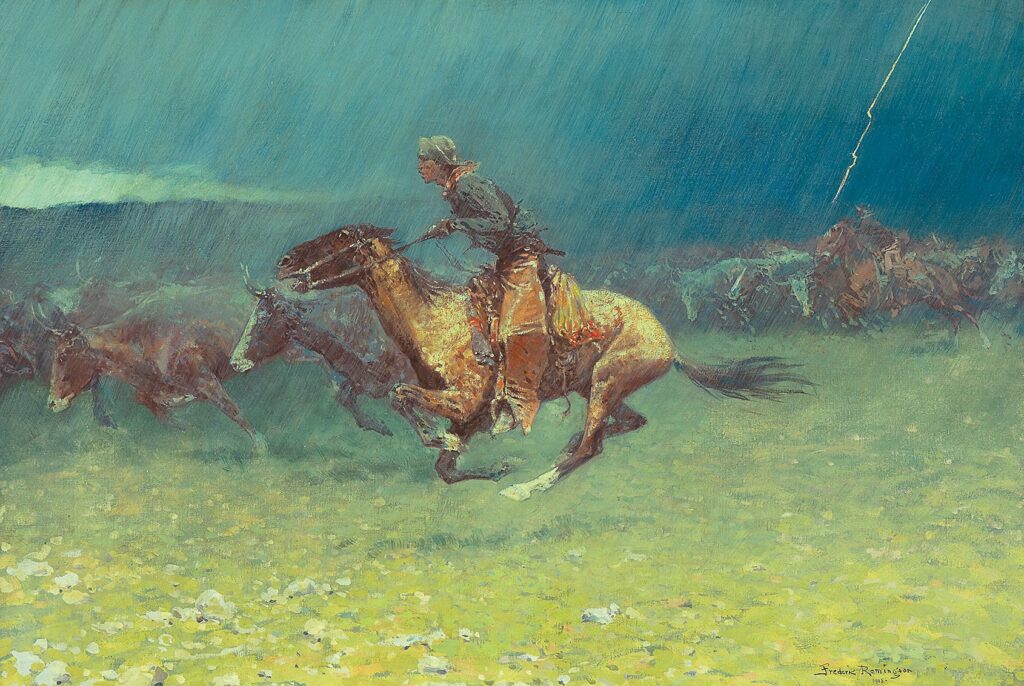
Courtesy The Gilcrease Museum, 0172-2329
A cowboy named Jack Thorp wrote “Little Joe the Wrangler” in 1898 while helping trail a herd from Chimney Lake, New Mexico, to Higgins, Texas. He scribbled the words about a wrangler he knew on an old paper bag one night, while sitting at a campfire. It was sung to the tune of “Little Old Log Cabin in the Lane.” It began to circulate around the cattle camps after he sang it at a saloon in Weed, New Mexico. The song was first published in 1908 in Thorp’s book, Songs of the Cowboys.
Who invented the first reliable self-contained cartridges?
Rufus Anderson (San Francisco, CA)
The first reliable centerfire cartridge was invented in 1845 by Frenchman Louis-Nicolas Flobert. He constructed the first rimfire metallic using a bullet fit into a percussion cap. The search for a self-contained cartridge began in the early 1850s, but they didn’t gain acceptance until the 1860s. Ironically, an employee of Colt, Rollin White, came up with the idea of boring through the cylinder to accept metallic cartridges, but Sam Colt vetoed the innovation. So White went to work for Smith and Wesson, which licensed a patent that didn’t expire until 1870.
In many TV and movie Western shootouts, somebody will duck being a overturned table to get cover from an opponent’s bullets. Would a well-made table actually be able to do that, or is this something Hollywood made up?
Howard Weinstein (Elkridge, Maryland)
It would depend on the weapon caliber and the thickness of the table. Most firearms use rounds with more than enough force to rip through common wooden tables. Even so, hiding behind a table is a Hollywood staple.
Did Doc Holliday spend much time in Prescott, Arizona?
Richard Stoneman (Ft. Worth, Texas)

D.F. Mitchell, True West Archives
Doc and Kate left Las Vegas, New Mexico, in the fall of 1879. They traveled with the Earps to Prescott. The Earps headed for Tombstone a month later, but Doc and Kate remained through the winter. Wyatt kept urging him to join them in Tombstone. Sometime in early 1880, Kate and Doc split in Gillett; Kate went to Globe, and Doc went back to Prescott. In March, Doc went back to Las Vegas. According to the 1880 census, he returned to Prescott in June and probably remained until August, when he went to Tucson. He arrived in Tombstone in September.
That seems to be the extent of his time in the territorial capital of Arizona. Incidentally, while in Prescott, he stayed in the same boardinghouse as John Gosper, who was acting territorial governor at the time.*
*For more on Doc’s travels to and from New Mexico and Arizona, read Brad Courtney’s feature “Doc Holliday—Before He Went to Tombstone” in the July-August 2024 issue of True West.

